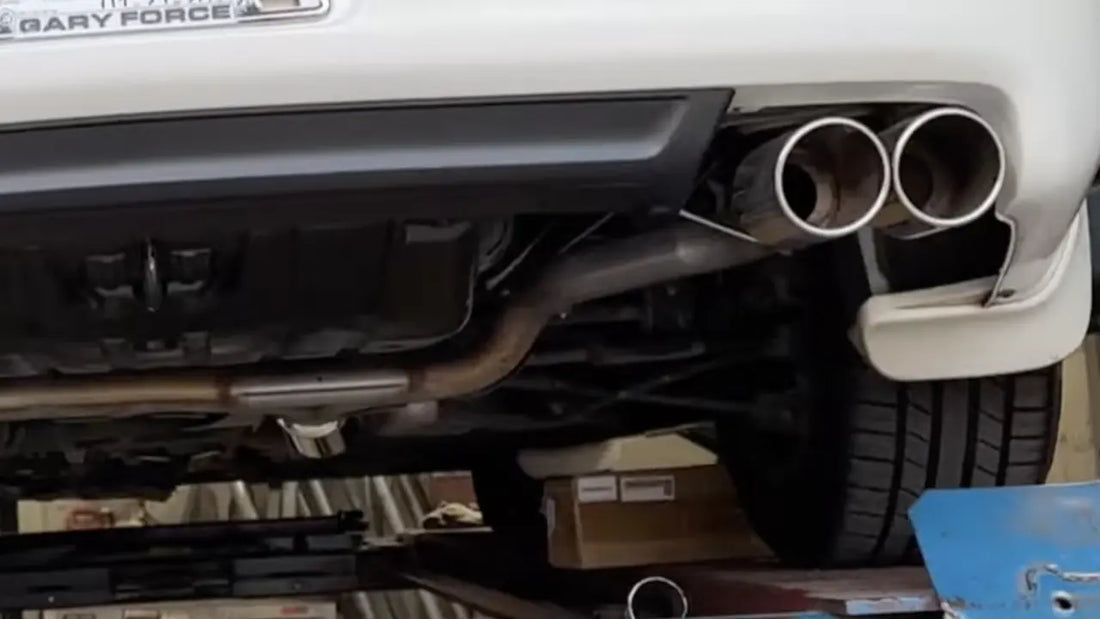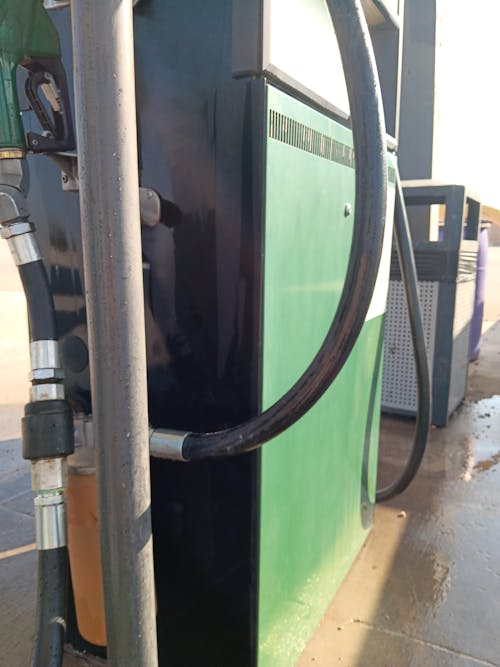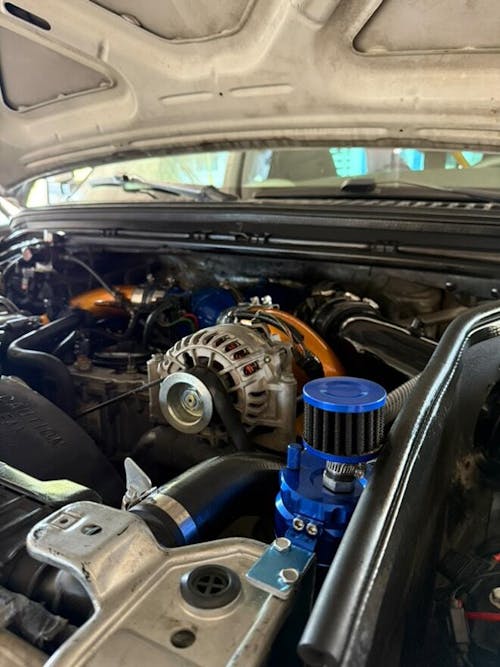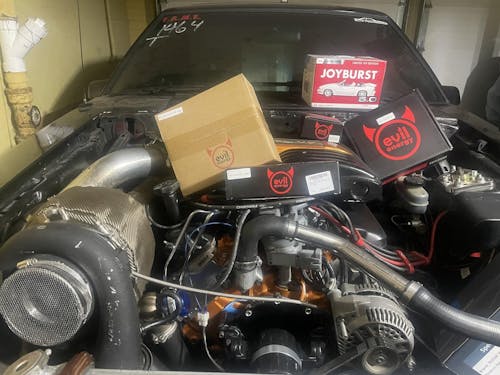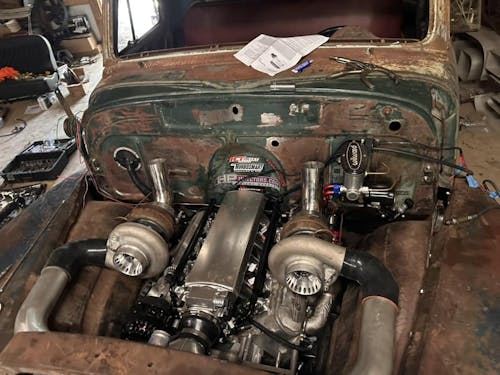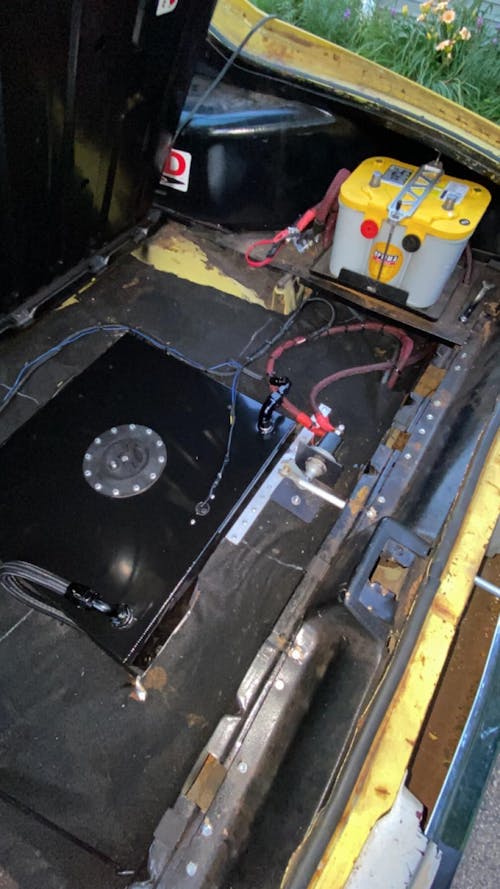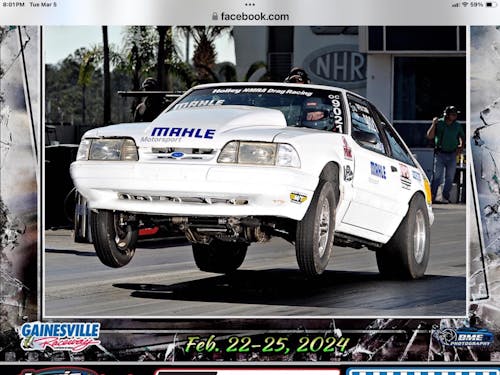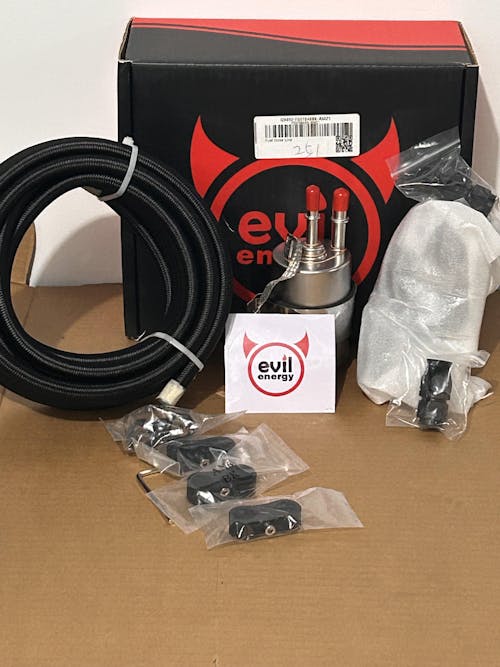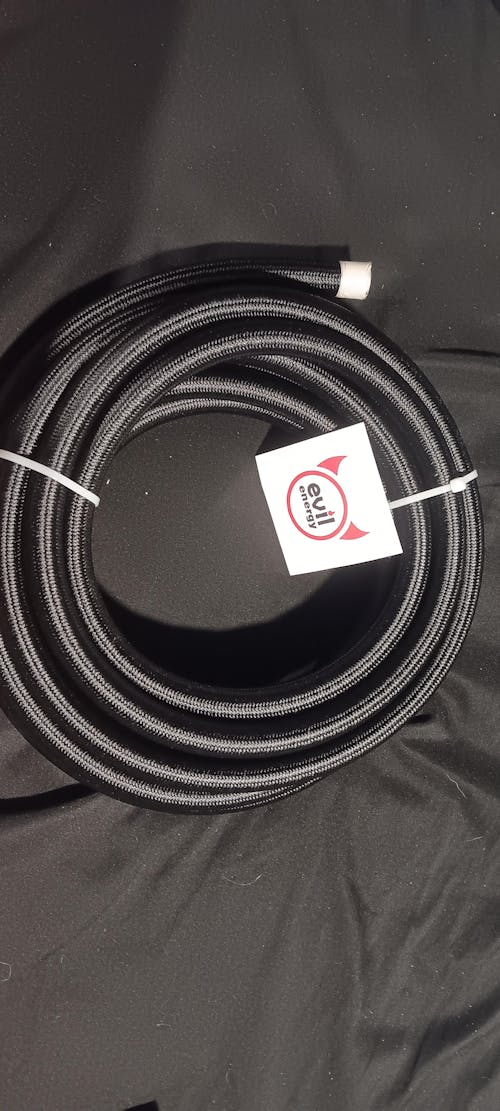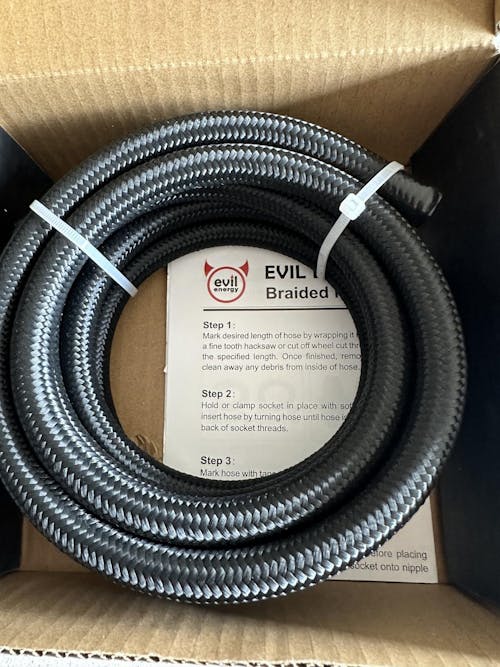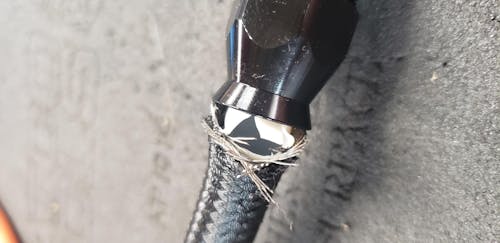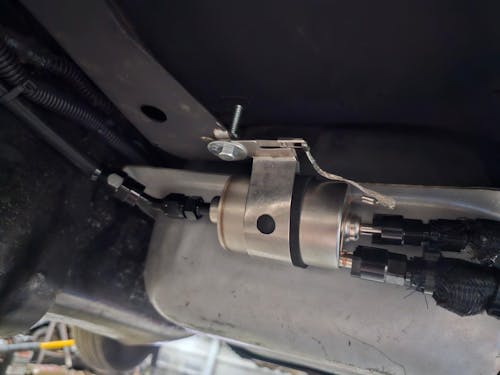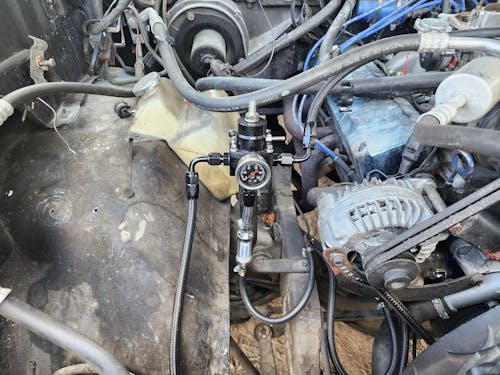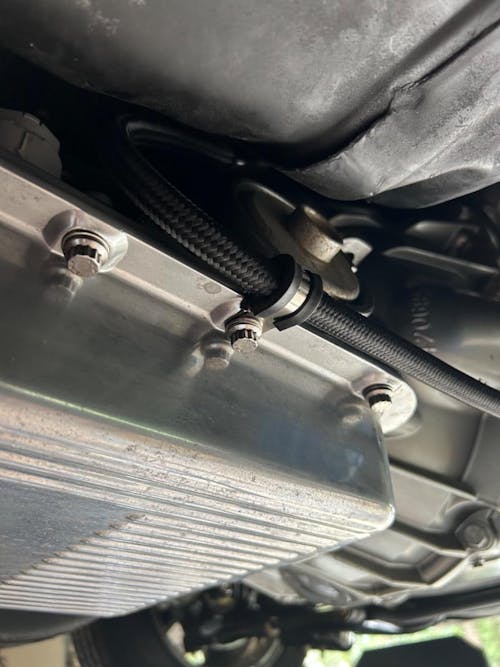What Do Exhaust Mufflers Do? A Comprehensive Guide for Car Enthusiasts
When it comes to automotive modifications, one of the most common questions is: "What do exhaust mufflers do?" Simply put, exhaust mufflers are designed to minimize engine noise while ensuring smooth exhaust flow. Beyond just silencing your vehicle, they can also influence its performance and sound characteristics. In this comprehensive guide, we'll explore what exhaust mufflers do, how they work, and how to choose the right one for your needs—complete with unique insights, real-world data, and actionable advice.
Key Insight: Properly managed backpressure ensures efficient combustion and prevents overheating, making high-performance mufflers essential for enthusiasts.
Understanding Exhaust Mufflers
What Are Exhaust Mufflers?
Exhaust mufflers are critical components of a vehicle's exhaust system that focus on reducing noise generated by the engine. They achieve this through specialized designs that scatter or absorb sound waves before they exit the tailpipe.

Why Are Mufflers Important?
Mufflers not only reduce noise pollution but also play a role in optimizing backpressure—a term referring to the resistance faced by exhaust gases as they travel through the system. Properly managed backpressure ensures efficient combustion and prevents overheating. However, excessive backpressure can hinder performance, making high-performance mufflers essential for enthusiasts.
Technical Parameter Example:
○ Material: Stainless Steel (201+430)
○ Length: 13.77 inches
○ Durability: Corrosion-resistant, lasting up to 5+ years
How Exhaust Mufflers Work
The Role of Backpressure
Backpressure is like trying to breathe through a straw. If the straw is too narrow, it becomes harder to breathe (similar to how restricted exhaust flow affects engine performance). High-performance mufflers widen the "straw," allowing exhaust gases to escape more freely, improving horsepower and torque.
Acoustic Filling Material Frequency Response
The type of acoustic filling material inside a muffler determines its effectiveness at different frequencies:
○ Glass Fiber: Effective at higher frequencies (e.g., 2,000–4,000 Hz), ideal for reducing sharp, piercing noises.
○ Acoustic Cotton: Better suited for lower frequencies (e.g., 500–1,500 Hz), perfect for smoothing out deep rumbling sounds.
Chart: Frequency Response of Acoustic Materials
|
Material |
Effective Frequency Range |
Ideal Use Case |
|
Glass Fiber |
2,000–4,000 Hz |
Reducing Sharp Noises |
|
Acoustic Cotton |
500–1,500 Hz |
Smoothing Deep Rumbles |
Types of Exhaust Mufflers
Straight-Through (Glasspack) Mufflers
Straight-through mufflers allow exhaust gases to flow directly through the system with minimal restriction. This design enhances performance and produces a deep, aggressive sound.
Chambered Mufflers
Chambered mufflers incorporate multiple chambers to redirect sound waves, creating a richer, more resonant tone. Ideal for street vehicles seeking balanced performance and sound.
Honeycomb Mufflers
Honeycomb mufflers use intricate internal structures to diffuse sound waves effectively. They provide excellent noise reduction without compromising performance.
|
Type |
Sound Profile |
Material |
Installation Difficulty |
Best Use Case |
|
Straight-Through |
Aggressive |
Aluminum-Coated Steel |
High |
Off-Road/Track |
|
Chambered |
Balanced |
Stainless Steel |
Moderate |
Street Driving |
|
Honeycomb |
Quiet |
Double-Layer Stainless Steel |
Simple |
Daily Commute |
Impact on Vehicle Performance
Horsepower and Torque Gains
Upgrading to a high-performance muffler can slightly increase horsepower and torque by improving exhaust flow. However, significant gains often require full exhaust system upgrades.
Fuel Efficiency Improvements
Optimized exhaust flow reduces backpressure, potentially improving fuel efficiency. Models like the 50 Series strike a balance between performance and economy.
Sound Characteristics
Different mufflers produce distinct sounds, ranging from subtle rumbles to aggressive roars. Choose based on personal preference and intended use.
Real-World Data: Dyno Testing Results
To illustrate the impact of mufflers on performance, consider the following dyno test results:
|
Model |
Before Upgrade (HP/Torque) |
After Upgrade (HP/Torque) |
Percentage Gain |
|
Sedan w/ Super 44 |
180 HP / 250 lb-ft |
188 HP / 265 lb-ft |
+4.4% HP, +6% Torque |
|
SUV w/ Super 10 |
250 HP / 350 lb-ft |
262 HP / 370 lb-ft |
+4.8% HP, +5.7% Torque |
Choosing the Right Exhaust Muffler
Factors to Consider When Selecting a Muffler
When selecting an exhaust muffler, consider the following factors:
-
Vehicle Type and Engine Size: Larger engines (SUVs, trucks) benefit from straight-through mufflers, while smaller sedans perform better with chambered mufflers.
-
Desired Sound Profile: Straight-through mufflers produce an aggressive sound, while chambered mufflers offer a more balanced tone.
-
Performance and Backpressure: Choose a muffler that optimizes exhaust flow while maintaining appropriate backpressure for engine efficiency.
-
Material Choice: High-quality, corrosion-resistant stainless steel is ideal for durability.
-
Legal Compliance: Ensure the muffler meets local noise regulations to avoid legal issues.
By keeping these factors in mind, you can select the right muffler for your vehicle.
Muffler Selection Based on Vehicle Type
○ SUVs: Larger engines benefit from straight-through designs like the Super 10 Series, which handle increased exhaust volume effectively.
○ Sedans: Compact cars often perform better with chambered mufflers like the Super 44 Series, balancing power and noise.
Case Study: John's Sedan Upgrade
John upgraded his sedan with the Super 44 Series, achieving a deep, satisfying rumble without exceeding legal noise limits.
Case Study: Mark's Off-Road Truck
Mark installed the Super 10 Series on his off-road truck, enhancing power delivery and delivering an aggressive exhaust note.
Installation and Maintenance Tips
Step-by-Step Guide to Installing Exhaust Mufflers
Follow these steps for a successful installation:
1. Measure Your Existing Exhaust Pipe Diameter: Ensure compatibility (e.g., 2.25" in / 3" out).
2. Gather Necessary Tools: Equip yourself with wrenches, clamps, and possibly a welder depending on the chosen model.
3. Safely Remove the Old Muffler: Disconnect using bolts or cutting methods if welded.
4. Attach the New Muffler: Secure into place, ensuring all connections are tight and leak-free.
5. Perform a Test Drive: Evaluate changes in sound and performance.
Maintenance Best Practices
○ Always follow manufacturer guidelines.
○ Avoid over-tightening clamps to prevent damage.
○ Regularly inspect for leaks or corrosion.
Notice: Ensure proper fitment and alignment during installation to avoid leaks or rattling.
Legal and Environmental Considerations
Staying Compliant With Local Laws
Many regions impose strict noise limits on modified exhaust systems. Ensure compliance by selecting street-legal mufflers like the Super 44 Series, which balances sound intensity with environmental standards.
Decibel Comparison Chart
Below is a comparison of sound levels across different muffler types:
|
Muffler Type |
Average Noise Level (dB) |
Legal Limit (Most Regions) |
|
Super 10 Series |
95 dB |
90 dB (Max Allowed) |
|
Super 44 Series |
85 dB |
90 dB (Max Allowed) |
|
50 Series |
78 dB |
90 dB (Max Allowed) |
Frequently Asked Questions (FAQ)
Q1: Will replacing my muffler damage my engine?
A: No, properly installed mufflers won't harm your engine. However, excessively loud or poorly designed ones may cause issues.
Q2: Do I need to reprogram my ECU after installing a new muffler?
A: Not usually, unless you upgrade the entire exhaust system or make significant modifications.
Q3: Can any muffler fit my car?
A: Universal mufflers can fit most vehicles but require accurate measurements. Custom-fit options ensure seamless integration.
Q4: Are louder mufflers better for performance?
A: Not necessarily. Excessive noise can lead to discomfort and potential legal issues. Balance is key.
Q5: How long do mufflers last?
A: Properly maintained mufflers made from durable materials (like stainless steel) can last 5+ years.
Q6: What if I want a custom sound profile?
A: Consult with professionals or choose adjustable mufflers that allow tuning for specific sound preferences.
Q7: Can I install a muffler myself?
A: Yes, bolt-on designs simplify DIY installations. Follow detailed guides or seek assistance if unsure.
Q8: Are there eco-friendly options?
A: Modern catalytic converters paired with high-performance mufflers ensure reduced emissions while maintaining performance.
Q9: What happens if I ignore local noise regulations?
A: You may face fines or penalties. Always ensure compliance with regional laws.
Q10: How do I measure backpressure?
A: Use a pressure gauge connected to the exhaust system to assess backpressure levels accurately.
Conclusion
In summary, exhaust mufflers play a crucial role in managing noise, optimizing performance, and customizing your vehicle's sound. Whether you're a budget-conscious beginner or a seasoned performance enthusiast, selecting the right muffler tailored to your needs will enhance your driving experience.


![EVIL ENERGY 4/6/8/10AN PTFE Fuel Line Kit | E85 Nylon Braided Hose | 16/20FT Black Black with Comprehensive Fittings [20FT]](http://www.ievilenergy.com/cdn/shop/files/Test-2025-Evilenergy-125598065_165x.png?v=1742144807)
![ptfe hose fitting kit [16FT]](http://www.ievilenergy.com/cdn/shop/files/Test-2025-Evilenergy-125598171_165x.png?v=1742144807)
![CPE Fuel Line[25FT]](http://www.ievilenergy.com/cdn/shop/files/25FTCPE_FuelLine_165x.png?v=1735220649)
![CPE Fuel Line[20FT]](http://www.ievilenergy.com/cdn/shop/files/20FTCPE_FuelLine_165x.png?v=1735220649)
